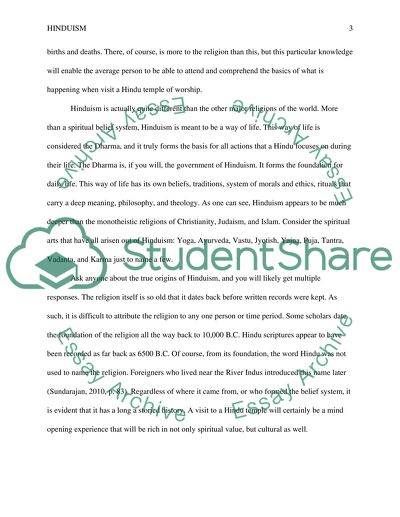Cite this document
(“Hinduism and Christianity: An Experience and a Comparison Research Paper”, n.d.)
Hinduism and Christianity: An Experience and a Comparison Research Paper. Retrieved from https://studentshare.org/religion-and-theology/1468771-hinduism-and-christianity-an-experience-and-a-comparison
Hinduism and Christianity: An Experience and a Comparison Research Paper. Retrieved from https://studentshare.org/religion-and-theology/1468771-hinduism-and-christianity-an-experience-and-a-comparison
(Hinduism and Christianity: An Experience and a Comparison Research Paper)
Hinduism and Christianity: An Experience and a Comparison Research Paper. https://studentshare.org/religion-and-theology/1468771-hinduism-and-christianity-an-experience-and-a-comparison.
Hinduism and Christianity: An Experience and a Comparison Research Paper. https://studentshare.org/religion-and-theology/1468771-hinduism-and-christianity-an-experience-and-a-comparison.
“Hinduism and Christianity: An Experience and a Comparison Research Paper”, n.d. https://studentshare.org/religion-and-theology/1468771-hinduism-and-christianity-an-experience-and-a-comparison.


